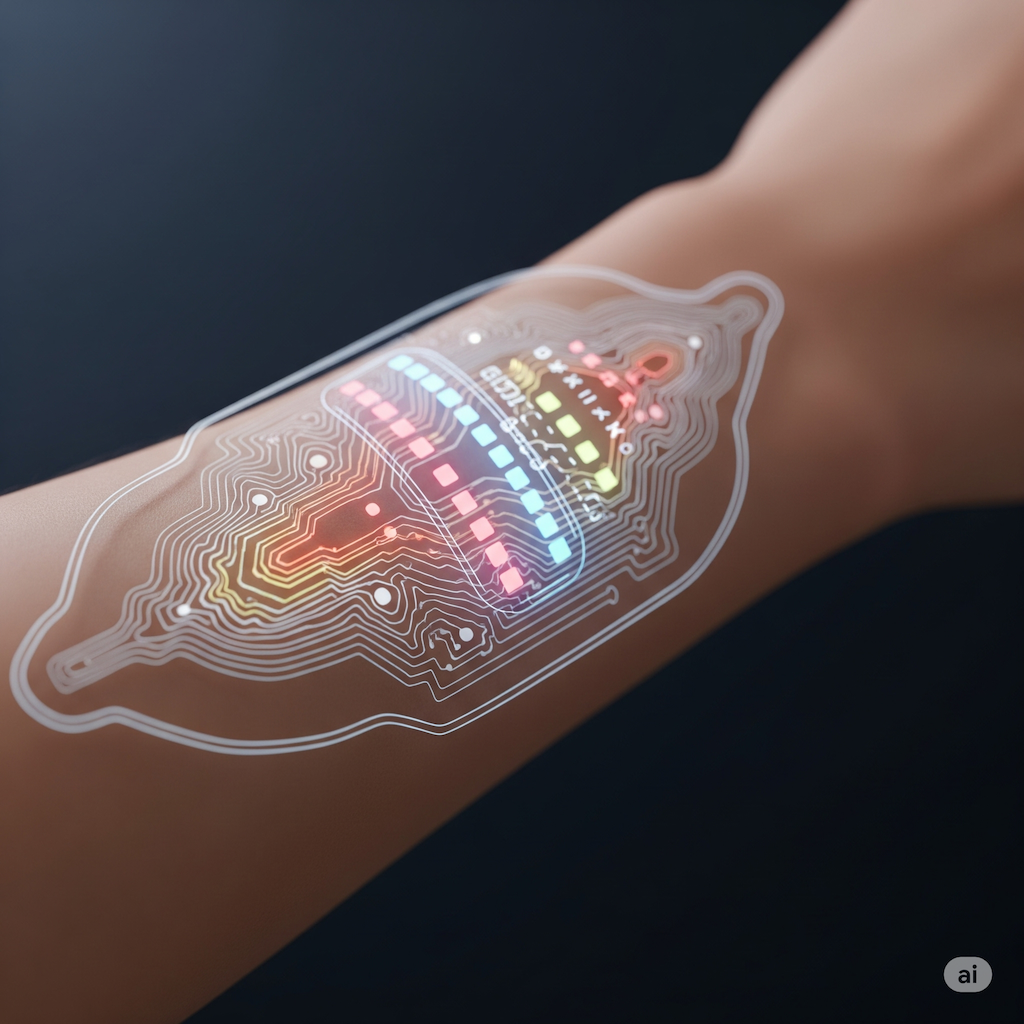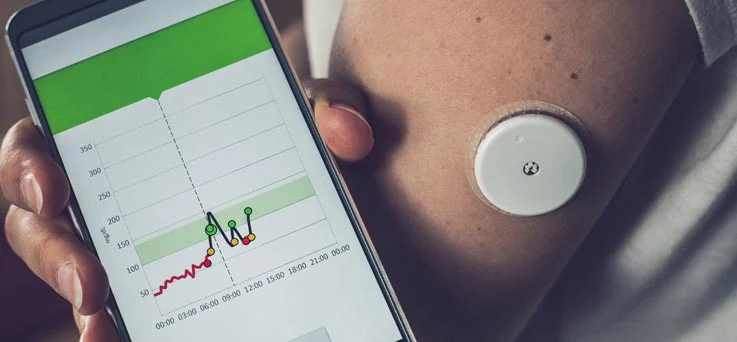
Beyond the Wrist: Charting the Future of Wearable Electronics
The wearable technology of today is just the beginning. This post explores the exciting future of wearable electronics, from transparent sensors and smart textiles to brain-computer interfaces and the Internet of Bodies. Get ready for a future where technology is truly all around us.
Beyond the Wrist: Charting the Future of Wearable Electronics
If you think wearable technology is all about smartwatches and fitness trackers, think again. We are on the cusp of a new era of wearable electronics, one that will see technology move beyond the wrist and become woven into the very fabric of our lives. The future of wearables is not just about incremental improvements in existing devices; it's about a fundamental rethinking of how we interact with technology and how it integrates with our bodies. From transparent sensors that are virtually invisible to brain-computer interfaces that can read our thoughts, the next generation of wearables will be more powerful, more personal, and more pervasive than anything we've seen before.
The Invisible Wearable: The Rise of Transparent Electronics
One of the most exciting frontiers in wearable technology is the development of transparent electronics. As researchers at MDPI note in a recent review, transparent wearables offer a number of advantages over their opaque counterparts. They are more aesthetically pleasing, allowing for a more seamless integration with the body. They also open up new possibilities for health monitoring, as they can be placed over the eyes or on the skin without obstructing vision or being visually obtrusive. Hydrogels, with their high water content and excellent biocompatibility, have emerged as a key material for creating these transparent devices, offering a unique combination of softness, stretchability, and optical clarity.
Smart Textiles: The Clothes that Compute
Imagine a world where your clothes are not just passive garments but active, intelligent systems that can monitor your health, adapt to your environment, and even communicate with other devices. This is the promise of smart textiles, a field that is rapidly moving from the research lab to the real world. By weaving conductive fibers and miniature sensors directly into fabrics, researchers are creating clothes that can track a wide range of physiological signals, from heart rate and respiration to muscle activity and body temperature. These smart textiles could be used to create everything from athletic wear that provides real-time feedback on performance to medical garments that continuously monitor the health of patients.
The Internet of Bodies: A Network of You
As wearable devices become more numerous and more powerful, they will form a new kind of network: the Internet of Bodies (IoB). This network will connect a wide range of on-body, in-body, and around-the-body devices, creating a rich ecosystem of data about our health, our activities, and our environment. The IoB has the potential to revolutionize healthcare, enabling a new era of proactive, personalized, and predictive medicine. However, it also raises significant ethical and privacy concerns that must be carefully addressed. As we move towards a more connected future, it will be crucial to develop robust frameworks for data governance and to ensure that individuals have control over their own personal information.
Brain-Computer Interfaces: The Final Frontier
Perhaps the most mind-bending frontier in wearable technology is the development of brain-computer interfaces (BCIs). These devices can measure brain activity and translate it into commands that can control external devices, such as computers, prosthetic limbs, or even drones. While still in its early stages, BCI technology has the potential to transform the lives of people with paralysis and other disabilities. It also opens up the possibility of a future where we can interact with technology simply by thinking. The ethical implications of this technology are profound, and it will be essential to have a robust public dialogue about how we want to use this powerful new tool.
A Future Woven with Technology
The future of wearable electronics is a future where technology is no longer confined to the devices we carry in our pockets or wear on our wrists. It is a future where technology is woven into the fabric of our lives, seamlessly integrated with our bodies and our environment. This future is both exciting and daunting, and it will require us to think carefully about the kind of world we want to create. But one thing is certain: the wearable revolution has only just begun, and the best is yet to come.
References:
- "Hydrogels for Translucent Wearable Electronics: Innovations in Materials, Integration, and Applications." *MDPI*, 2025, www.mdpi.com/2310-2861/11/5/372.
- "The Internet of Bodies: Opportunities, Risks, and Governance." *RAND Corporation*, 2020.
- "The Rise of Brain-Computer Interfaces." *Scientific American*, 2024.
PUKAR MAHARJAN
Postdoc Research Associate
I'm a bioelectroncis researcher specializing in wearable healthcare devices, leveraging materials science, nanotechnology, additive manufacturing, biomedical engineering, machine learning and AI to create innovate solutions that seamslessly intgrate technology with human health.
Related Articles

Skin Deep: How Electronic Tattoos Are Becoming the Ultimate Wearable
Imagine a health monitor so thin and comfortable you forget it's even there. This is the promise of electronic tattoos, or e-tattoos. This post explores the cutting-edge technology behind these imperceptible devices and their potential to revolutionize continuous, non-invasive health monitoring.
Read Article
Made for You: The Dawn of Personalized Wearable Medical Devices
One-size-fits-all is becoming a thing of the past in healthcare. This post explores the rise of personalized wearable medical devices, powered by technologies like 3D printing and digital twins, and how they are creating a new paradigm of patient-centric care.
Read Article